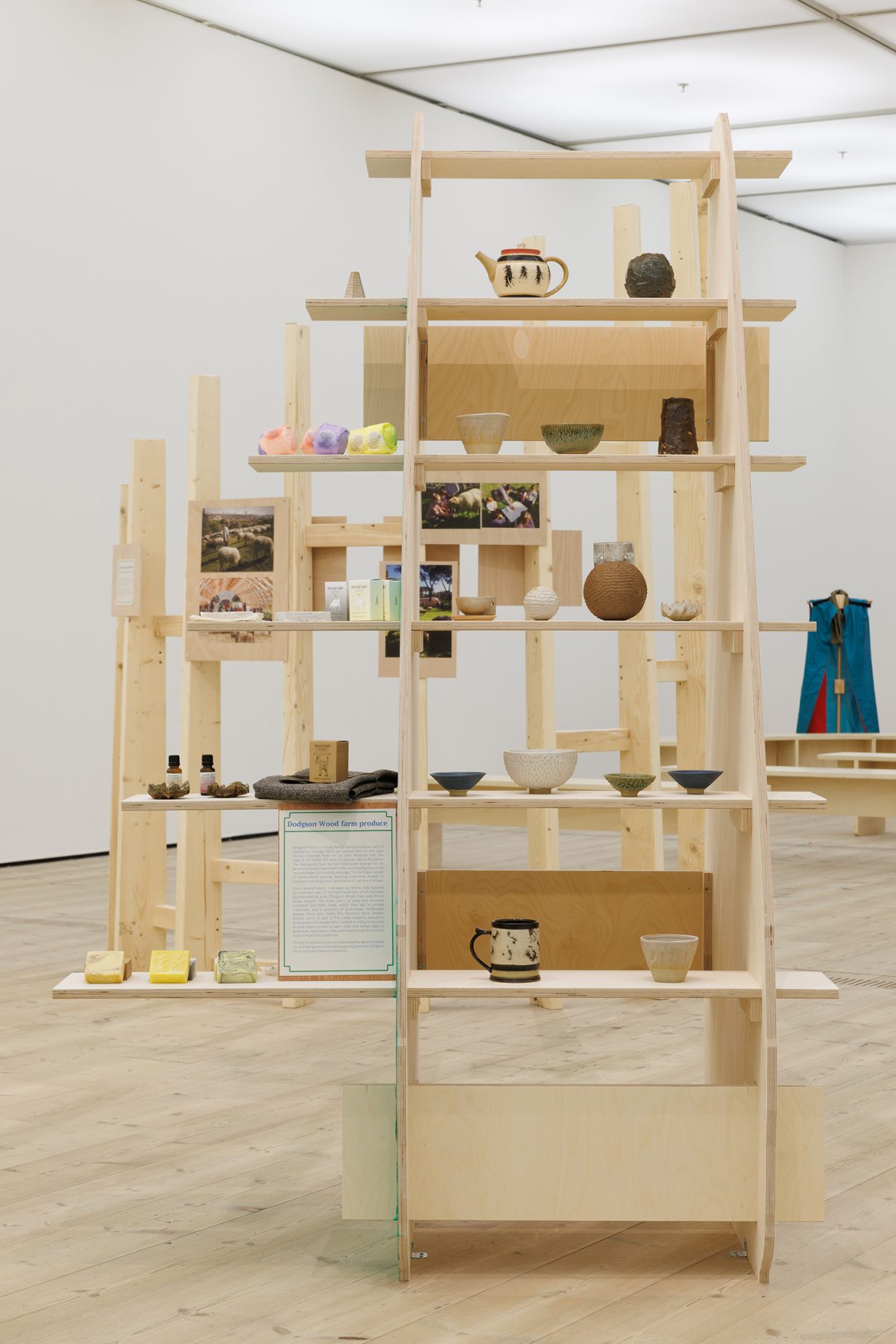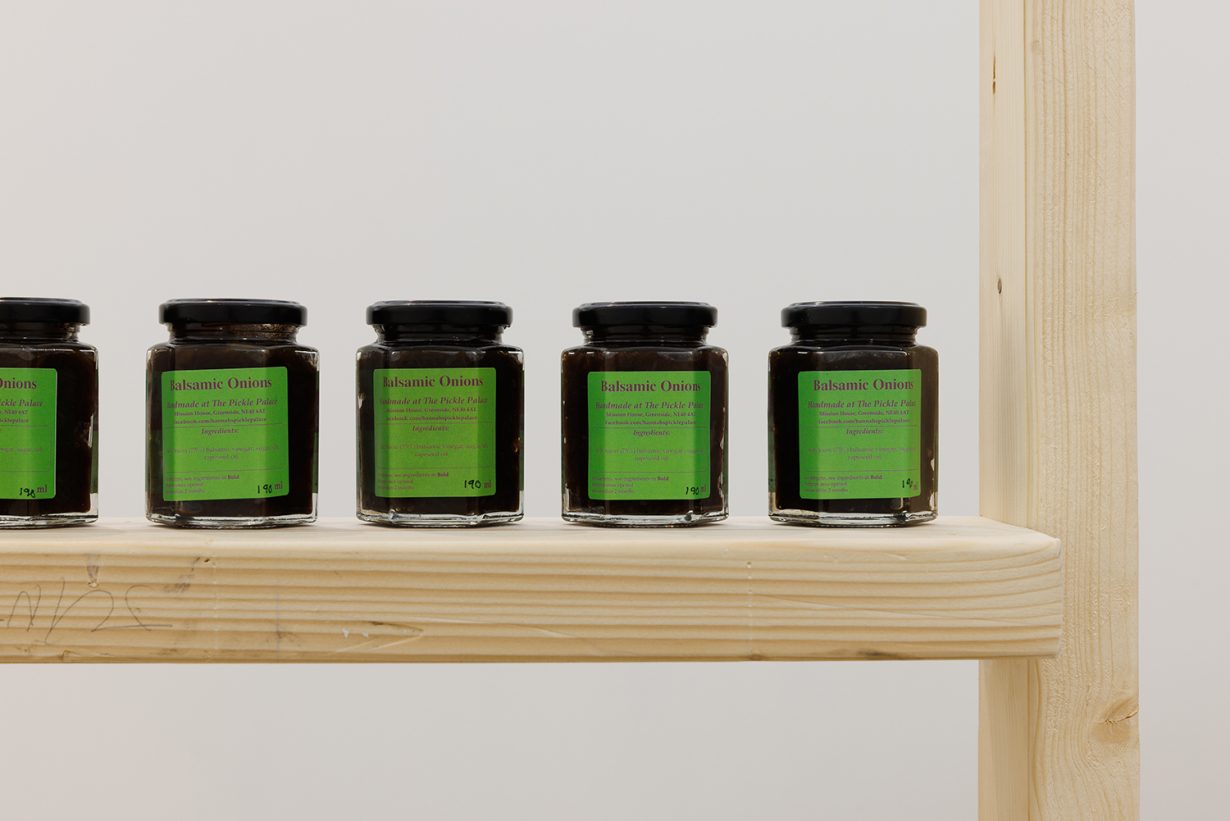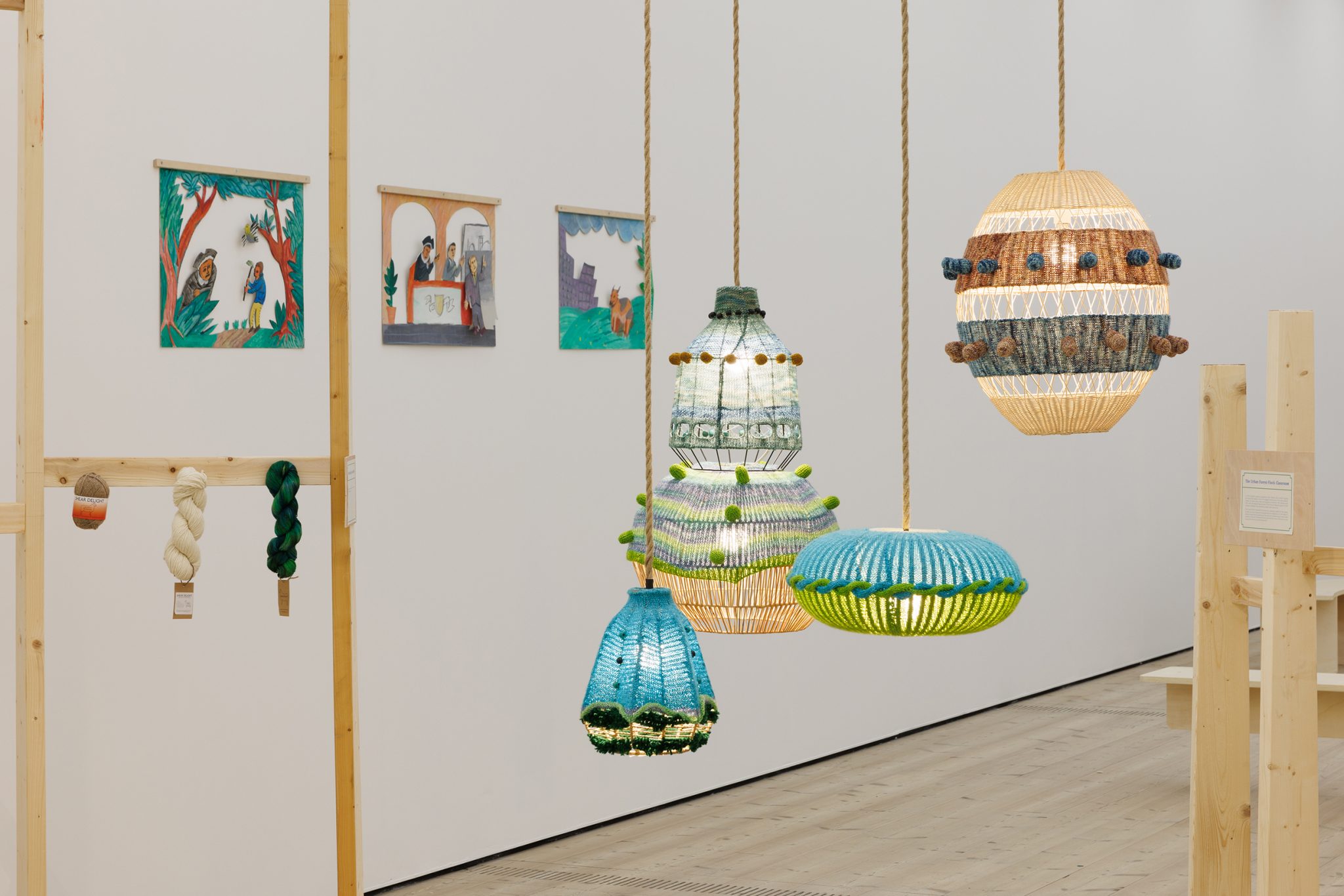Philosopher Tom Whyman drags his two-year-old son away from a brush with disaster at the BALTIC Centre for Contemporary Art
I am somewhat darkly fascinated by the exhibition currently on the third floor of the BALTIC Centre for Contemporary Art in Gateshead – The Vasseur BALTIC Artists’ Award 2022 showcase. What is fascinating to me is not so much the art itself, which although not earth-shattering is perfectly good. What fascinates me is the decision to place this particular show immediately above a children’s playroom.
Living in Gateshead, I often take my two-year-old son to the BALTIC on weekends, or days when he’s off nursery and I’m not at work (I also sometimes take his eight-month-old sister, but she’s not really independently mobile yet so for the purposes of my argument in this piece won’t really count – sorry sweetheart you are still at least 1/3 of my entire world). This is for a number of reasons: (1) it is nearby; (2) there is a big playroom on the second floor, and also one of the exhibitions provides an additional playroom; (3) he enjoys climbing up the stairs and going up and down the lifts; (4) one of my daughter’s godmothers is a staff member there; (5) there is a pizza place on the Newcastle side of the quayside in which it has been historically relatively easy to persuade him to sit down and eat, although in fairness a lot less so since he realised that he can use one of the windowsills on the street outside as a slide; (6) he is a lot easier to control if we do the same things over and over again.
And there is also, of course, Art. It is good, I think in the moments when I am something other than crushed by the exhaustion of bearing primary caregiving responsibility for an unusually large, wilful and hyperactive toddler, to expose my massive, terrible (wonderful) son to Art. This makes our trips to the BALTIC something other than a toddler containment strategy, or another form of time-wasting. Taking him here will expand his horizons beyond the point most British children are usually taught to go, I think. It will train him to be comfortable in a world most people, understandably, tend to find quite intimidating and aloof, not really there ‘for them’.

Whenever there is a new show at BALTIC, I will usually take my son there, at least to have a look around. Sometimes this goes OK, sometimes it doesn’t; sometimes it goes really well, and he finds something he’s really interested in, like a video of a horse. It’s usually a bit of a challenge to stop him from touching things that he shouldn’t, but there are rarely any consequences to this more serious than being tutted at by the attendants. It was therefore with real horror, the other week, that – with no prior knowledge of the artists or their pieces – I led my son up to the new third floor show, only to discover what was actually there.
The exhibition consists of displays by three artists: Fernando García-Dory, Laleh Khorramian, and Ima-Abasi Okon (according to the BALTIC website, they have the sort of CVs you would expect exhibiting artists to have, and their work ostensibly explores the usual sort of complexes of conceptual things). As you enter the gallery, García-Dory’s display comes first. When my son saw it, he was delighted. I don’t know how to describe it, other than the fact that García-Dory’s piece is, essentially, a shop – a shop consisting of things like pottery, and jars of jam and honey, arranged on thin, rather rickety-looking shelves. There are many small components to the piece, and every single one of them is the sort of thing that would show up to a toddler as an opportunity for imaginative play: they look like the sort of thing that toddlers would normally be allowed to touch and move around. But every single piece of the artwork is smashable, and absolutely none of it is supposed to be moved. To my son, then, this looked like a play shop. To me however, it looked like someone had just challenged me and my son to have a fight.
Somehow, I managed to usher him away from the ‘shop’ without any of it getting broken – although things did get a little dicey with one of the pieces accompanying it, a sort of warped brick road on the floor, which I only noticed myself after it was already getting jumped on. We then came to Khorramian’s work, which consists of these beautifully coloured lit-up collages and tapestries. After trying to press bits of the collages like they were buttons, my son then indicated that he wished to use the tapestries to “hide” in. He then attempted to rip them down from the ceiling. Dragging him away from this brush with disaster brought us to Okon’s piece: a sound installation opposite some vacuum-packed oxtail stew whose visible controls were separated from the public only by a thin cordon. Within seconds, my son had managed to crawl under it. Luckily the thing was only on the floor, so I was able to reach him before he turned the piece off or worse.

All of this took place over the course of less than two minutes. As I bundled my son, now begging to return to the ‘shop’, into the lifts, I couldn’t help but crack up laughing. It was annoying, yes, that we couldn’t have spent more time there – that my son is, even by toddler standards, so completely incapable of being good. But really, I couldn’t be mad at him. Here after all was a show, in a gallery space whose main audience, arguably, certainly going by the raw numbers of people usually there, is young children, every inch of which consisted of things which could have been easily destroyed, in less than five minutes, by an even slightly curious or out-of-control toddler.
And to be honest: suppose that my son had done this. Suppose that I’d had his sister with us, and I’d gotten distracted, or for some other reason I hadn’t been able to control him. Whose fault would that have been, really? I mean obviously a lot of people would say ‘mine’ – I’m his parent, I need to take responsibility for the actions of my child. But would it have been such a crime, really, if my son had managed to dismantle the little shop thing, or turned off the sound installation, or torn the tapestries down to the floor?
I recall here the bit in that Simpsons episode where Homer reminisces about being in a barbershop quartet (‘Homer’s Barbershop Quartet’, 1993), where the family uncover some of the ‘Be Sharps’ merchandise produced during their father’s briefly successful music career. One of these items is something called ‘Funny Foam’, dispensed from containers which look like Be Sharps members’ heads. “They took the foam off the market because they found out it was poisonous,” Homer recalls. “But if you ask me, if you’re stupid enough to eat it, you deserve to die.”


And in a way, that’s how I feel about toddlers and the potential destruction of art. It would not have been a good thing if my son had smashed some or all of García-Dory’s little shop. But on the other hand, if you put this stuff immediately above a free public playroom – could anyone really, reasonably, expect it to remain intact? The exhibition runs until October. At some point, between now and then, there will be at least one child who escapes, and either eats from or smashes some of the jam jars.
Now of course one solution to this problem could just be to beef up the security – perhaps indeed to ban toddlers from entering the gallery space entirely. But I wonder if, rather, the solution to this sort of problem is for artists to be more open to the possibility of their work getting damaged or destroyed instead.
I grant you that this could just be a piece of extremely motivated reasoning. But (1) all things are transient – so note that down. There is nothing that any human toddler could destroy, that time will not eventually destroy for us anyway. Granted of course that despite this, we do still want to keep some art objects around. But then I ask you: (2) just who is the posterity of most art objects even for? Some great artworks are permanently on display in museums. But many aren’t: many are in the hands of private collectors, serving no real aesthetic purpose, functioning rather as stores of private wealth – wealth of a level which incidentally, no decent society should anyway permit.

Montaigne tells us in an essay from 1580 that you can’t know if someone has lived a good life until after they die – the manner of an individual’s death is such an important part of our being able to judge the whole of their time on earth. Perhaps this is the same for art. Art is made, it gets exhibited: maybe someone finds something profound in it, maybe it makes some Point. And then what? Where, actually, does most average-to-good art even go, after it has served this function? To a warehouse somewhere? What, honestly, is really the point of that?
What if art was created with a more relaxed attitude to its own destruction? I don’t just mean here art that is made ‘to be destroyed’, like the KLF burning a million quid. I mean, rather: what would art look like, if artists and galleries displayed it with more of a sort of openness – to the public’s carelessness, to the overenthusiastic interventions of toddlers? Might it not turn out to be an interesting thing ‘about’ a given artwork, that you can’t see it anymore, because it was eaten, by mistake, by a toddler? Might this not in truth serve a democratic function, in a way? Telling us that Art is for everyone – because it is open to the possibility that they might ruin it?
